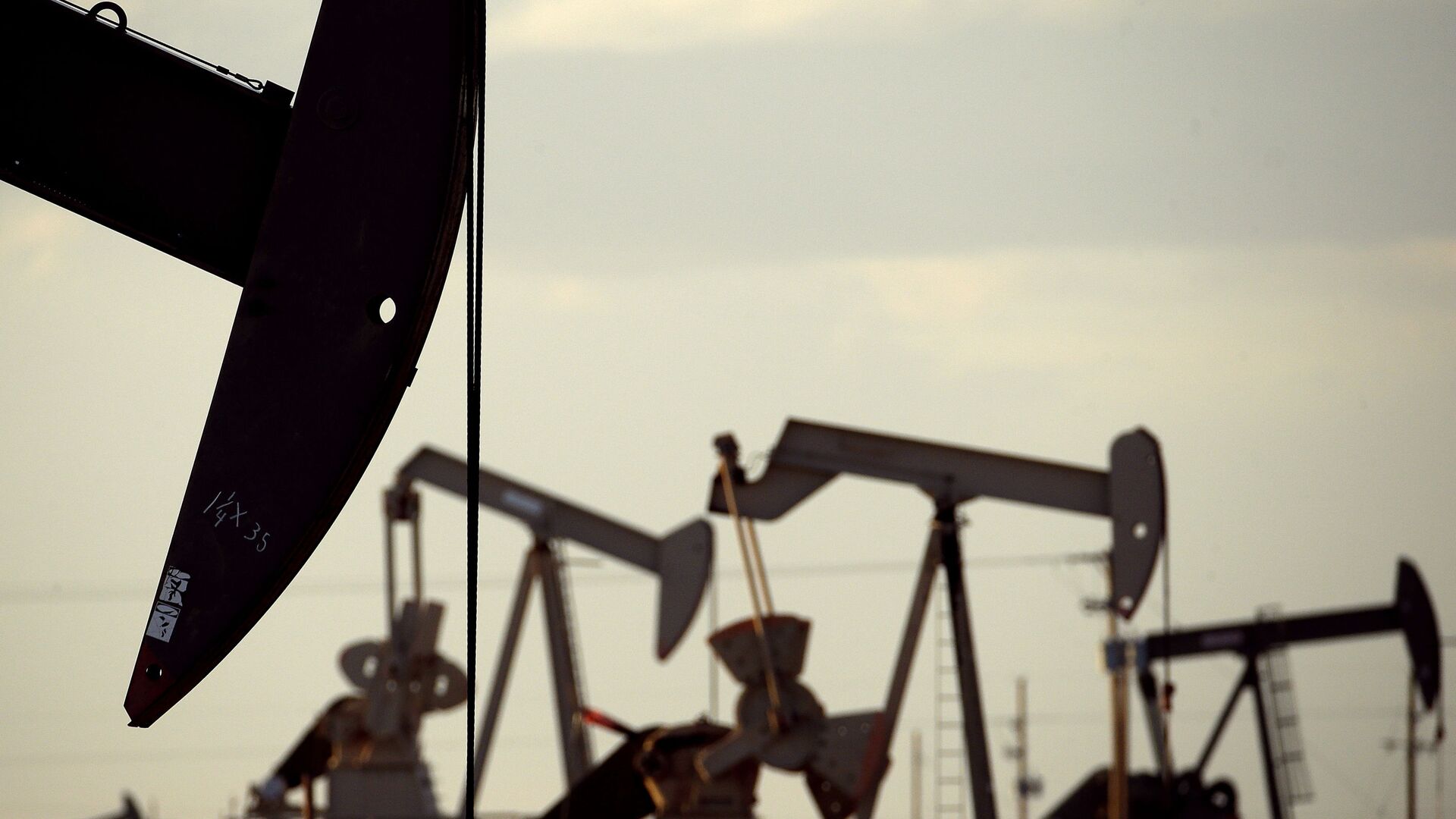The growing India-US energy partnership, seen in the context of growing shale oil exports from the US, is a “temporary phase” in bilateral ties and is unlikely to last beyond 2025 or 2030, Talmiz Ahmed, New Delhi’s former ambassador to Saudi Arabia and ex-additional secretary for international cooperation in the federal petroleum ministry has told Sputnik.
Ahmed said he was pessimistic about the future of shale oil, predicting that demand will start “withering” away after 2025 due to its “inferior quality” (compared to crude oil from the Middle East) as well as “higher” production costs.
“India can’t just go on ramping up its shale oil imports from the US and think that it could be the substitute for higher-grade crude that it has been importing from the Middle-East,” he stated.
According to an analysis published by Indian think tank Observer Research Foundation (ORF), New Delhi’s crude oil imports from the US increased by 88 percent to over nine million tonnes in 2019, when compared to 2018. During his visit to India in February 2020, then American President Donald Trump also pitched the prospect of increased cooperation between Indian and American companies in shale oil production in the US.
“Most of the US shale oil bought by India constituted on-the-spot purchases. India’s private players, including Reliance Industries Limited (RIL), bought the US shale oil. But our government-owned petroleum companies still rely on crude from the Middle-East. They are more into fixed, long-term contracts, as opposed to private players like RIL,” explained Ahmed.
The RIL, owned by Asia’s richest man Mukesh Ambani, is the biggest private sector petroleum company in India.
The former Indian diplomat points out that 60 to 70 percent of India’s petroleum imports are sourced through long-term contracts, with the remaining needs fulfilled through “open market,” or on-the-spot purchases. India, the world’s third biggest petroleum consumer and importer, sources nearly 80 percent of its energy needs from overseas.
The crude oil sourced through the open market is done by government-backed petroleum companies, such as Indian Oil Corporation (IOC), Bharat Petroleum Corporation Limited (BPCL), Hindustan Petroleum Corporation Limited (HPCL) and Mangalore Refinery and Petrochemicals Limited (MRPL).
“When it comes to sourcing oil on open market, the supplier could vary. Besides the US, our private refiners could also source their oil through countries such as Nigeria,” Ahmed reckons.
His reaction comes on the back of Reuters reporting this week that the US emerged as India’s second largest oil exporter for the month of February. Previously, Saudi Arabia held the position of New Delhi’s second biggest oil exporter, but was relegated to fourth spot on the list of India’s oil suppliers in February, the first time since 2006.
The data reported by Reuters also showed that India imported lesser crude from Iraq during February than it did previously, signifying a push by New Delhi to reduce its overall dependence on crude oil from the Middle East. The trend comes amid ongoing differences between India and Saudi Arabia and other members of 23-nation Organisation of the Petroleum Exporting Countries (OPEC) over production cuts to the global crude oil supply.
India’s federal petroleum minister Dharmendra Pradhan urged Saudi Arabia and other OPEC members in January to reverse the decision of cutting global crude production, complaining that such steps were harming the post-COVID economic recovery.
Despite India’s repeated appeals to the OPEC, the Vienna-headquartered outfit this month decided to continue with its oil production cuts for the month of April.
Now, per news reports, Indian state-owned companies are also contemplating cutting their reliance on crude from Saudi Arabia and Iraq, in the wake of an ongoing spat between New Delhi and OPEC.
“Turning away from the Middle Eastern crude oil would be a mistake. The Indian government has been ill-advised when it asked Saudi Arabia to ramp up its production. The petroleum minister overlooked the simple fact that production is driven by global demand, which is only expected to rise by the second half of this year,” feels Ahmed.
According to the International Energy Agency (IEA), the global demand for oil will grow by 5.5 million barrels per day to 96.4 million barrels per day in 2021, thus recovering around 60 percent of the volume lost due to the pandemic.
The IEA predicted last month that the demand will surge only in the second half of 2021, as COVID vaccination programmes gather momentum across different countries.


